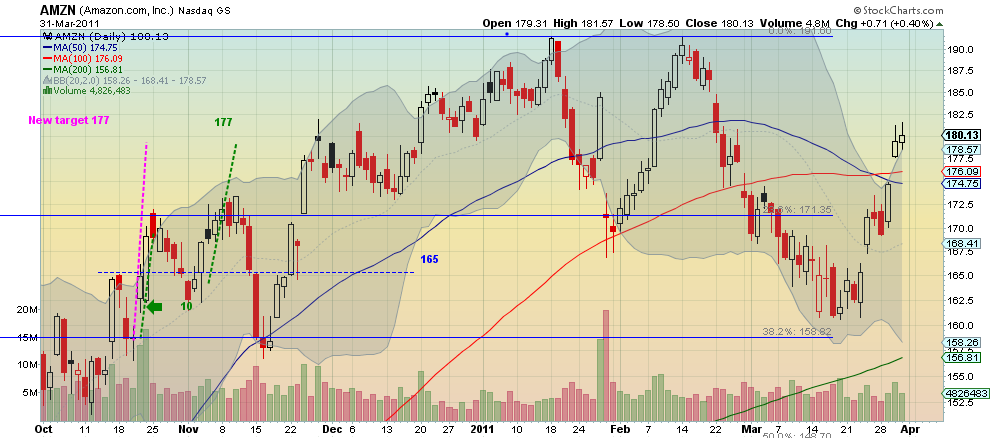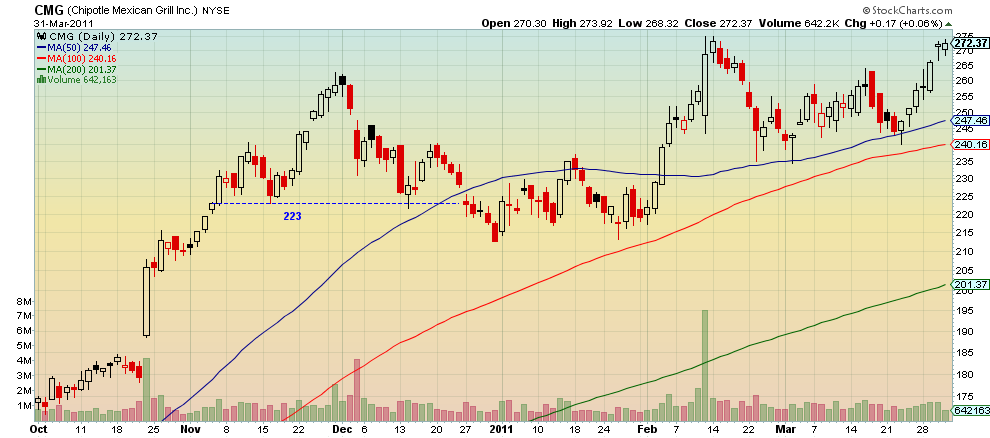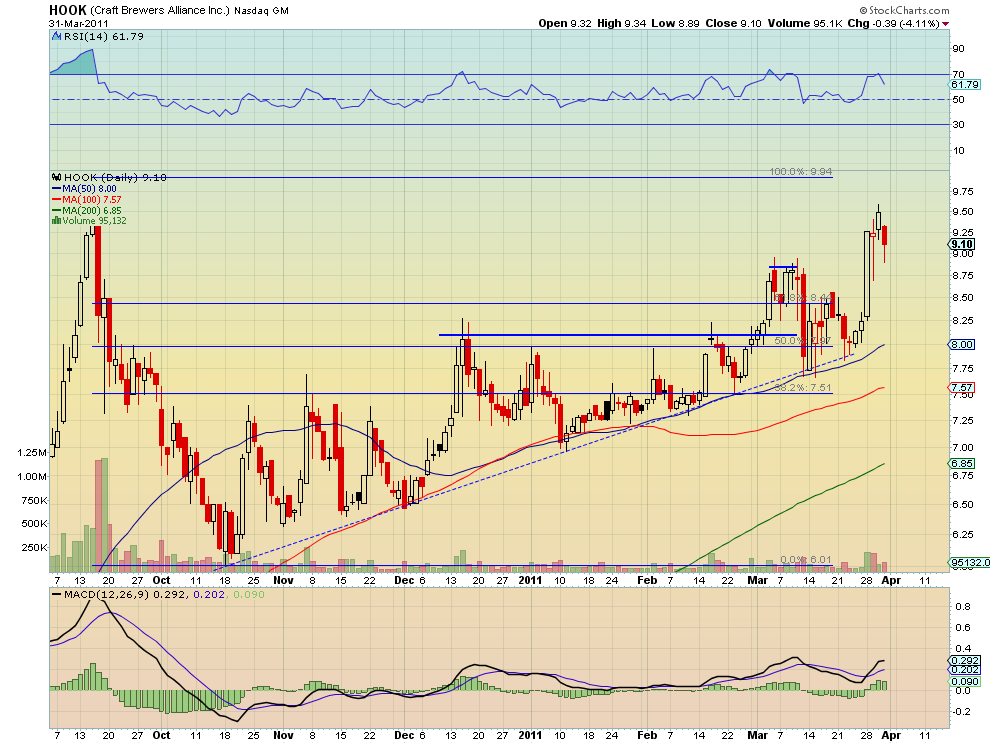Your first job as a trader, money manager or caretaker of your 401k is risk management. Without proper risk management there is no money left to take care of. I have already discussed several aspects of risk management over the last few weeks, so what does position sizing have to do with this? It is at the heart of the matter. This strikes the balance between risk and reward. If your positions are too big you can get wiped out quickly and if they are too small then you limit the opportunity. So how do you choose the proper size.
There are several steps in the process of determining the proper position size. This methodology will focus on four areas.
Portfolio Risk Tolerance
The first is determining your risk tolerance. How much of your portfolio are you willing to lose on any given trade. You can try to control all sorts of risks but if an overnight gap or halt comes into play, what is your pain threshold. Look at this as a percentage of your portfolio. It may be bigger if you trade infrequently and smaller is you are more active.
Time Frame
What time frame do you trade? Are you a day trader or swing trader. Position trader or investor. It may be different for different trades and that is okay. Whatever it is will influence your risk on the position and therefore your position size. This will be crucial for determining where to set your entry and stops.
Technical Triggers
From your own review of the chart of any particular stock, where are the triggers to enter and exit. How far apart are they. And on what time frame. This will determine how much money you risk per share.
Average Daily Volume
You never want to have a position that is more than 5% of the recent average daily volume. This becomes important when trading a thinly traded stock or, if you have a large portfolio, when trading a very low priced stock. Being a large percentage of the daily volume is only a problem when you are trying to exit fast. You do not want to be in a position where your desire to sell is depressing the price further. For a day trader this cap can also be an intra-day concern, as volume is generally larger in the first 60 minutes and the last hour than in the middle of the day.
These four factors will combine to determine your proper position size for any given trade. The rest is math. Let’s walk through a couple of examples.
If you are a swing trader willing to lose 1% of your portfolio on a trade on Amazon (NASDAQ:AMZN) (ticker:$AMZN) where you will enter long at 179, on a pullback into the Bollinger bands, and have a stop at 176, near the 100 day SMA , then just take your portfolio and multiply by 1% and then divide that by $3.00 to determine the size of AMZN to trade. For a $1,000,000 portfolio this would be 3333 shares.
What if you are a day trader looking at Chipotle Mexican Grill (NYSE:CMG). An entry on a break above 273 looks appropriate with a stop at 270.75. If you are willing to lose 0.50% on any trade and you have $500,000 then your position should be 1111 shares.
Finally if you are a position trader willing to lose 1.5% on a trade of Craft Brew Alliance (BE:HOOK) where you think a proper entry is a pullback to 9.00 with a stop at 8.75 on a $100,000 portfolio then your proper position size would be 6,000 shares. But the volume constraint would cap your position at 3,000 shares since the 90 day average daily volume is only about 60,000 shares.
This is one method to determine position size and it may work for you or not. Use it if you want but if you don’t you had better have your won methodology.
The information in this blog post represents my own opinions and does not contain a recommendation for any particular security or investment. I or my affiliates may hold positions or other interests in securities mentioned in the Blog, please see my Disclaimer page for my full disclaimer.

